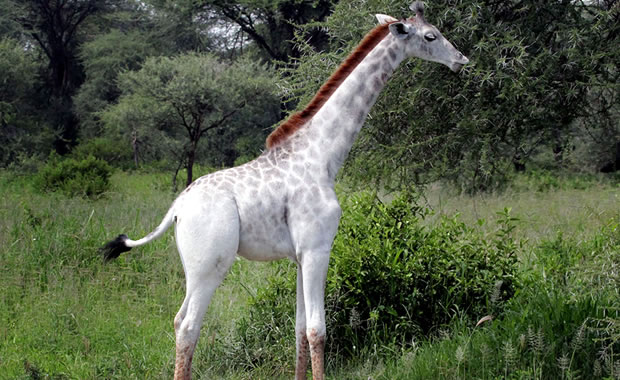Dysoxylum spp.
Group:
Plants
Area(s) Where Listed As Endangered:
India, New Caledonia, Philippines, Sri Lanka
Species/Common Names:
| Dysoxylum angustifolium |
| Dysoxylum beddomei |
| Dysoxylum ficiforme |
| Dysoxylum pachypodum |
| Dysoxylum palawanensis |
| Dysoxylum peerisi |
| Dysoxylum turczaninowii |
Facts Summary:
Dysoxylum is a genus of plants of concern and found in the following area(s): India, New Caledonia, Philippines, Sri Lanka.
Creature Profile

|
Wikipedia Article Copyright Notice: This article is licensed under the GNU Free Documentation License. It uses material from the Wikipedia article "Dysoxylum". |
Status/Date(s) Listed as Endangered
| Scientific Name | Status | Listing Date | Range | |
| 1. | Dysoxylum angustifolium | VU-IUCN | 1998 | Philippines |
| 2. | Dysoxylum beddomei | EN-IUCN | 1998 | India |
| 3. | Dysoxylum ficiforme | VU-IUCN | 1998 | India |
| 4. | Dysoxylum pachypodum | CR-IUCN | 1998 | New Caledonia |
| 5. | Dysoxylum palawanensis | VU-IUCN | 1998 | Philippines |
| 6. | Dysoxylum peerisi | CR-IUCN | 1998 | Sri Lanka |
| 7. | Dysoxylum turczaninowii | VU-IUCN | 1998 | Philippines |
Dysoxylum spp. Facts Last Updated:
May 16, 2017
May 16, 2017
To Cite This Page:
Glenn, C. R. 2006. "Earth's Endangered Creatures - Dysoxylum spp. Facts" (Online) - Licensed article from Wikipedia: The Free Encyclopedia. Accessed 4/25/2024 at http://earthsendangered.com/profile.asp?sp=6776&ID=3.
Glenn, C. R. 2006. "Earth's Endangered Creatures - Dysoxylum spp. Facts" (Online) - Licensed article from Wikipedia: The Free Encyclopedia. Accessed 4/25/2024 at http://earthsendangered.com/profile.asp?sp=6776&ID=3.
Need more Dysoxylum spp. facts?

Custom Search


